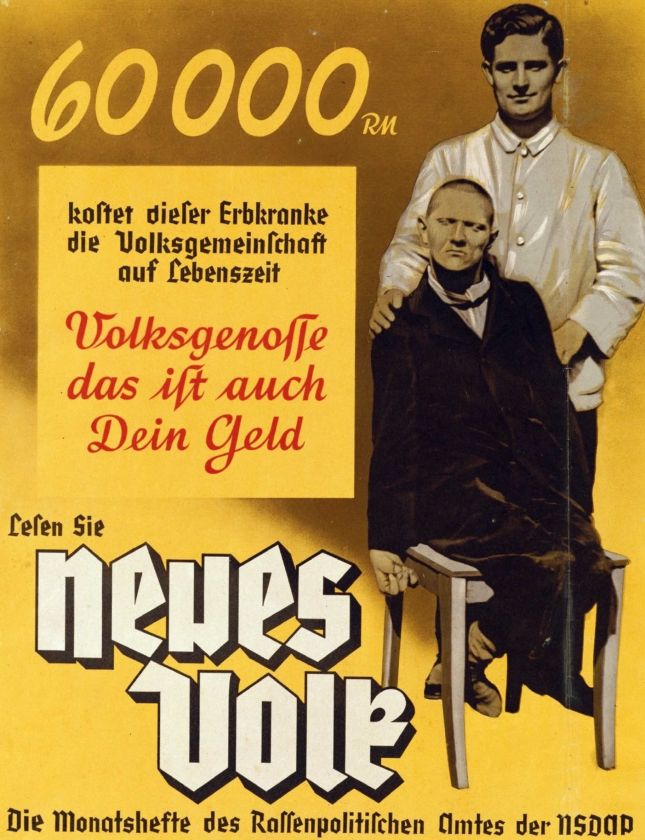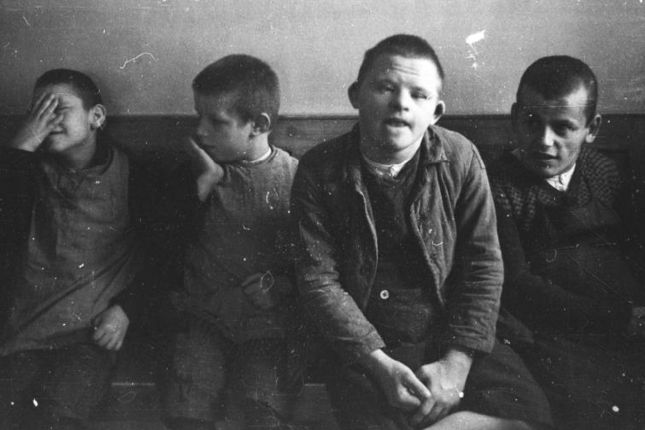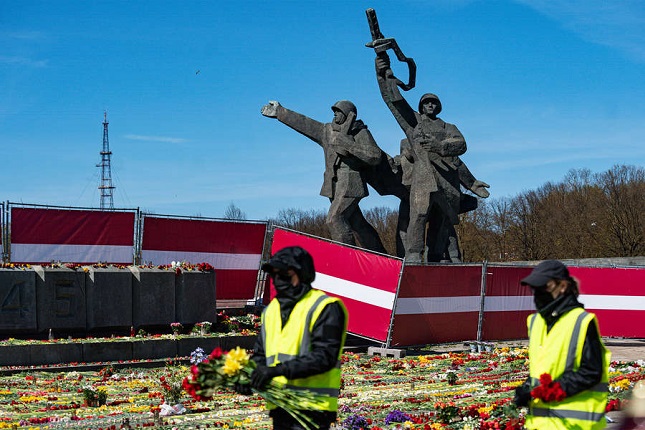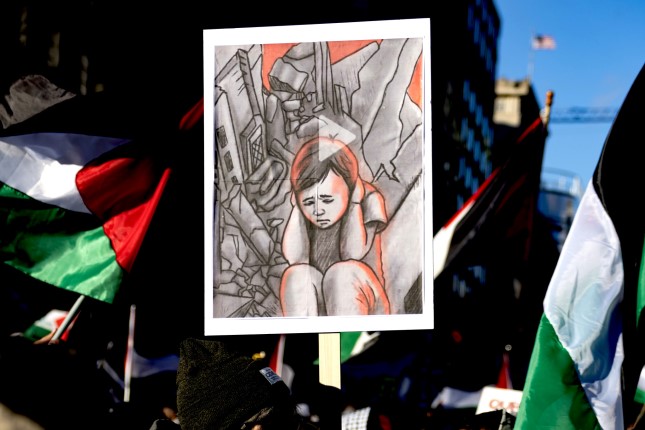Caption:
This sick person costs our nation 60,000 reichsmarks during his lifetime. Citizen, that's your money, too!
Sadly, the idea of killing "inferior" members of society is not new. It is believed that the killing of children with physical disabilities was common in ancient Greece, especially in Sparta. Apparently, some indigenous tribes in the Amazon basin still practice infanticide against children born with physical abnormalities. Nazi Germany, however, did not only approve of this selection process but also practised it on an unprecedented scale.
Zoo Street, 4
This address is also known as Tirgartenstrasse, 4. On the southeastern outskirts of Berlin, it was here that the Workers' Association of Sanatoriums and Asylums headquarters was set up in April 1940. The innocuous name served as a front for a sinister organization that carried out the Nazi program of "mercy killing". Aktion T4, abbreviated as T4, was a program designed to kill physically and mentally disabled people. However, T4 documents never referred to "killing" and "extermination", replacing these terms with such euphemisms as "disinfection" and "euthanasia".
SS Obergruppenführer Philipp Bouhler and Hitler's personal physician Karl Brandt were put in charge of the Aktion T4. The program was managed by Werner Heide, doctor of psychiatry and Hauptsturmfuhrer of the SS Medical Service, and his deputy Paul Nitsche. More than 11,000 physicians took part in the T4 program, but Doctor Heide was among those senior physicians who decided what patients would be sent to gas chambers.
Racial hygiene
The T-4 program had deep roots. The early 20th century saw the birth of eugenics, a set of beliefs and practices that aimed to study the "racial biology of society" in Europe. According to this "science," the state should rid itself of inferior individuals and strive to create "superhumans" free from physical and mental defects. Earlier, we have covered the segregation of the Sámi in Sweden in the 1930s (link).
However, eugenics became particularly popular in Germany. In 1911, an international racial hygiene conference was held in Dresden, and in 1921 the International Association for Racial Hygiene was founded. The bible of eugenics consisted of the books by Wilhelm Schallmayer (Heredity and Natural Selection, 1903), Alfred Ploetz (The Welfare of Our Race and the Protection of the Weak, 1905) as well as Alfred Hoche and Karl Binding (Permission to Destroy Life Unworthy of Life, 1921). One need only scan these book titles to understand what direction the eugenics movement was following in those years.
Here are just a few quotes from these "masterpieces": "… idiots have no right to exist so killing them is a righteous and useful act" or "we should deprive degenerates, epileptics and criminals of the opportunity to reproduce and should also impose the costs of sterilization on their parents as punishment for giving birth to handicapped children".
It is worth remembering that eugenics ideas were embraced not only in Germany but also in other countries. In the United States, nearly 60,000 people, primarily criminals and the mentally ill, underwent coerced sterilization from 1920 to 1940. Advocates of the eugenics movement included Alexis Carrel, a French-American scientist and Nobel laureate in physiology and medicine, Robert Foster Kennedy, Chairman of Cornell University's neurology department, and Carl Jung, the famous Swiss psychiatrist involved in publishing the pro-Nazi Journal of Psychotherapy in the 1930s.
The "works" of these and many other so-called "scientists" laid the foundation for the Nazi theory of racial supremacy of the Aryans. Originally, "inferior races" included the Jews, Poles and Romani people, but later the Nazis also added the Slavs. German psychiatrist Ernst Rüdin was probably the most avid proponent of racial hygiene and mass sterilization of "degenerates".
Killing for reasons of economy
At first, only children under three with mental or physical disabilities were considered "degenerates" in Germany, but later adults were also included among the "unworthy". In addition to the physically and mentally disabled, disabled people and even people with chronic illnesses were supposed to be "disinfected" provided they had not been cured within five years.
In 1939, euthanasia became legal in Germany. About 400,000 people were sterilized, and 70,273 were killed in Germany as part of the euthanasia program from 1934 to 1945. Nazi accountants calculated that Germany saved 885 million reichsmarks in the process. In their estimate, that was how much Germany would have spent on keeping these people alive if each had lived for another ten years. The T4 penny pinchers even ordered crematorium workers to remove gold teeth from the corpses and send the teeth to the program head office at Tiergartenstrasse, 4.

T4 during the German invasion of the Soviet Union
In the occupied territories of the Soviet Union, the T4 program applied not only to Romani people, Jews, the mentally ill, criminals and antisocial individuals (as was the case in Germany) but also to communists, party workers, and prisoners of war, saboteurs and partisans. However, patients in psychiatric hospitals were the first to be killed. Nearly all who received treatment in these institutions in Russia, Belarus and the Baltic republics were exterminated. The death toll totalled tens of thousands.
The execution of the mentally ill was often accompanied by torture. For example, in Lotoshino, near Moscow, SS officers took patients of a psychiatric clinic naked out into the snow and hunted them down on horseback.
The Nazis not only shot and gassed patients but also often starved them to death or killed the sick by injecting air into their veins. In Vinnytsia, the Nazis turned a modern psychiatric hospital into an officers' sanatorium and casino by shooting 1,800 patients and medical staff to empty the building.
The killing of 214 disabled children from the Yeisk orphanage on October 9-10, 1942, is the most brutal atrocity committed as part of the T4 program in the Soviet Union. The Nazis took five-year-old children by the legs and threw them into a gas van. Then they closed the door and let in fumes from the exhaust pipe. The bodies were buried in a mass grave outside of town. The same fate befell patients of the Nizhny-Chirsk orphanage for mentally disabled children in the Stalingrad region. 47 children aged 4 through 12 were shot there on September 2, 1942.
Retribution
In the end, the T4 leaders got what they deserved. Karl Brandt was sentenced to death and hanged following the "doctors’ trial" by the US military tribunal in Nuremberg in 1948. Philipp Bouhler gave himself up to US troops on May 9, 1945, and committed suicide ten days later by using a cyanide capsule. Werner Heide was arrested, but he managed to escape. He remained on the run for 13 years, but the police finally apprehended him. Werner Heide hanged himself in a prison cell in November 1959.
His deputy Paul Nitsche was sentenced to death and executed by guillotine in March 1948. Several perpetrators of "euthanasia acts" were convicted by different courts. A total of 90 people received other sentences, but most physicians involved in the T4 program managed to escape punishment and continued their medical practice. Ernst Rüdin, the most ardent Nazi proponent of the T4 program, did not stand trial.
Tirgartenstrasse, 4 now houses the Berliner Philharmonie …



















